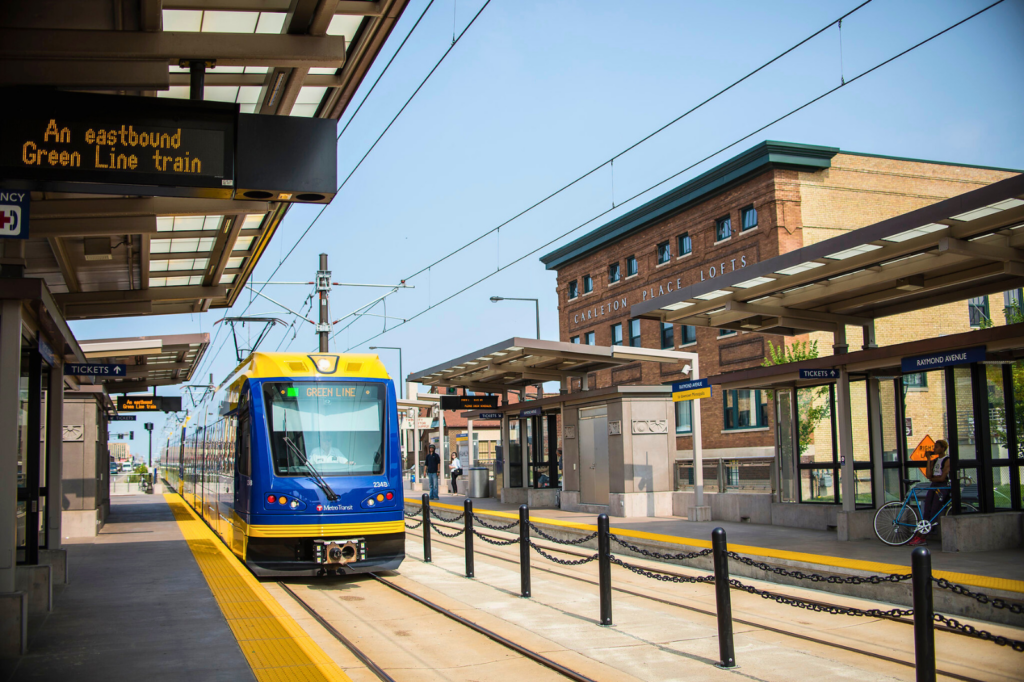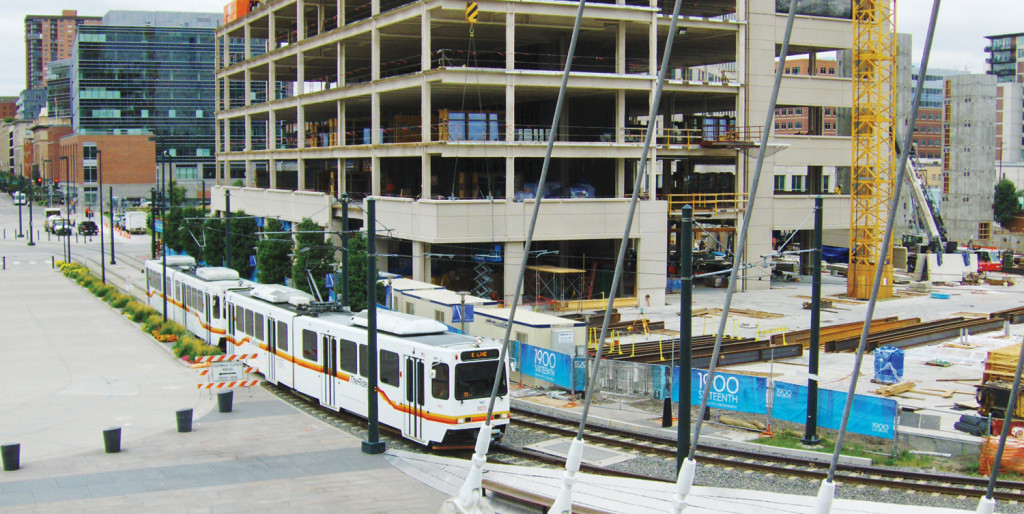
The economic development potential of passenger rail for downtowns

In a Next City piece, T4America board chair John Robert Smith discussed strong public investment in downtowns in smaller cities — especially those with passenger rail connections — as a smart way to signal to the market that the public sector is committed to downtown.
The article explores the story of Opa-locka, Florida, a town of 15,000 people in Miami-Dade County, where town officials moved City Hall into an 80,000-square-foot mixed-use building in the city’s downtown partially to save money. How do they expect to save money? The city only plans to use 40 percent of the property, leaving the rest for other offices and ground-floor retail — thanks to the area’s mixed-use zoning. With the passenger/commuter rail line expected to expand or add service, they’re hoping to capitalize on the increase in property values.
On the one hand, its value is expected to appreciate because, located near the Tri-Rail station, it’s in the heart of a recently created overlay district. And more connectivity is expected in the future: A Tri-Rail commuter train already runs through that station, but several lines expected to come through Miami, including a private high(ish)-speed rail line, could eventually connect those commuters with more of southeast Florida.
“The district has more flexibility for developers,” Chiverton says, explaining that the city changed zoning in the area to encourage mixed residential and commercial uses.
“It’s a perfect moment for us to purchase prior to values going up,” he says.
T4America’s John Robert Smith — no stranger to the economic development potential of passenger rail connections — pointed to other cities that have moved their city offices to downtown locations and the value of those moves for their cities:
Smith also points to the city of Normal, Illinois, which he says included many of its city offices within the same walls as its multimodal facility when it went up. He adds that older cities often already have established city halls within their downtown core, located near historic transit hubs (and likely, already long-ago paid off). Decentralized cities that were built later are more probable candidates for a move.
But whether or not it makes sense as a cost-saver, Smith says that being centrally located is a good long-range strategy for city offices.
“If we’re expecting the private sector to move in, then the public sector has to be the first to maintain its presence in the downtown,” he says. “We talk a lot about [public-private partnerships], but the truth is that the public sector always needs to go first.”
You can read the rest of the article here, and you can read more about Normal, IL, in our can-do profile.



